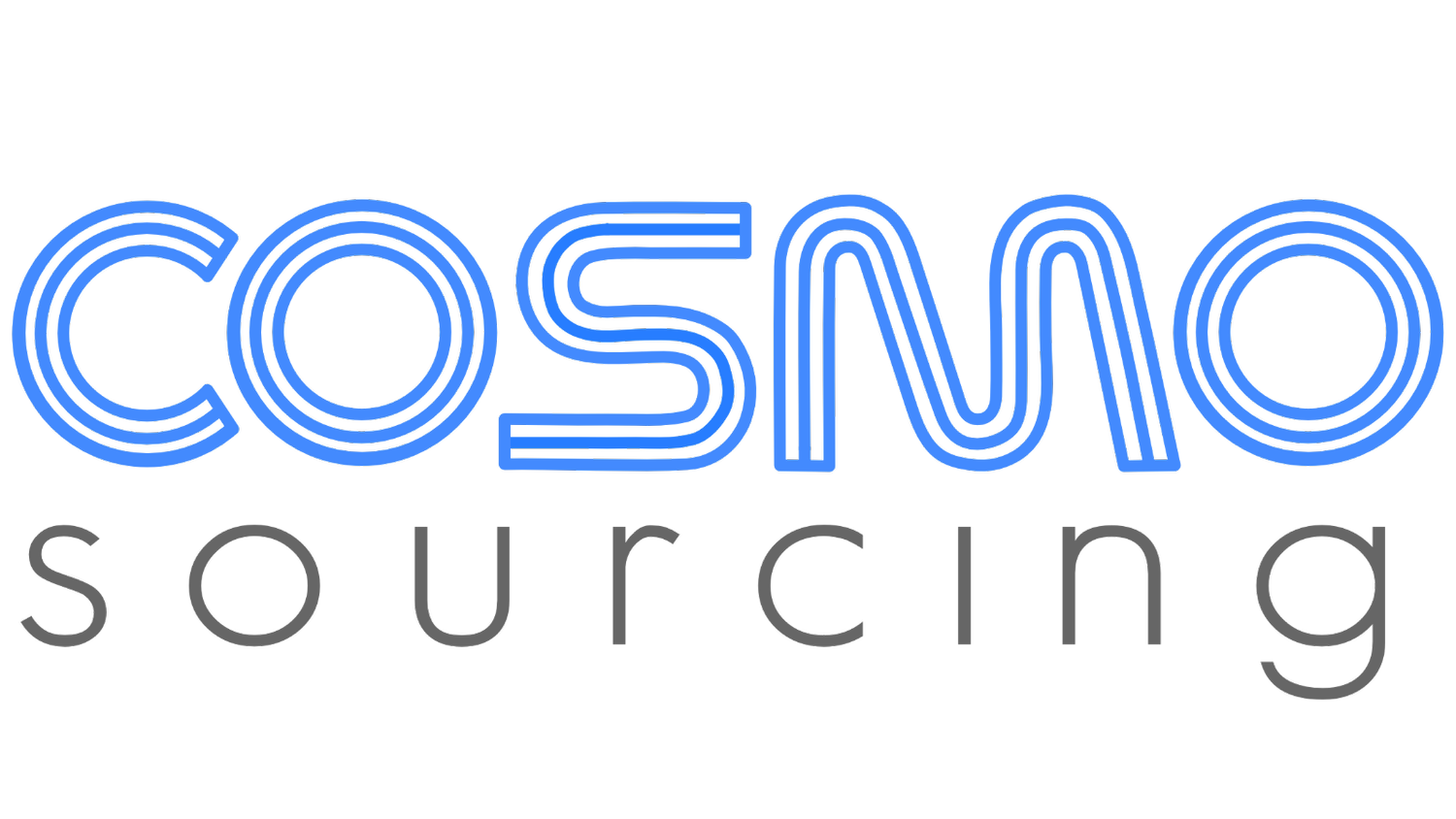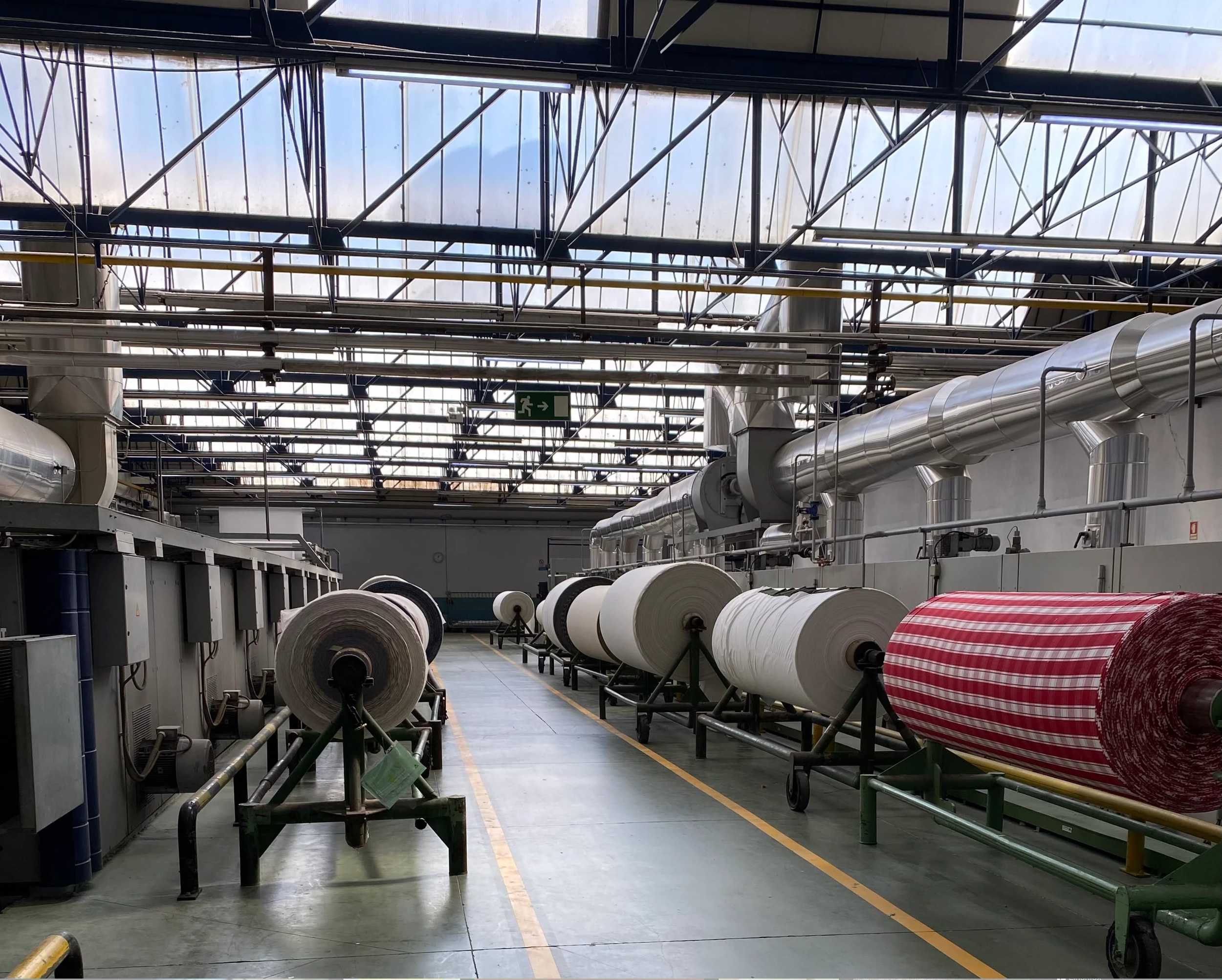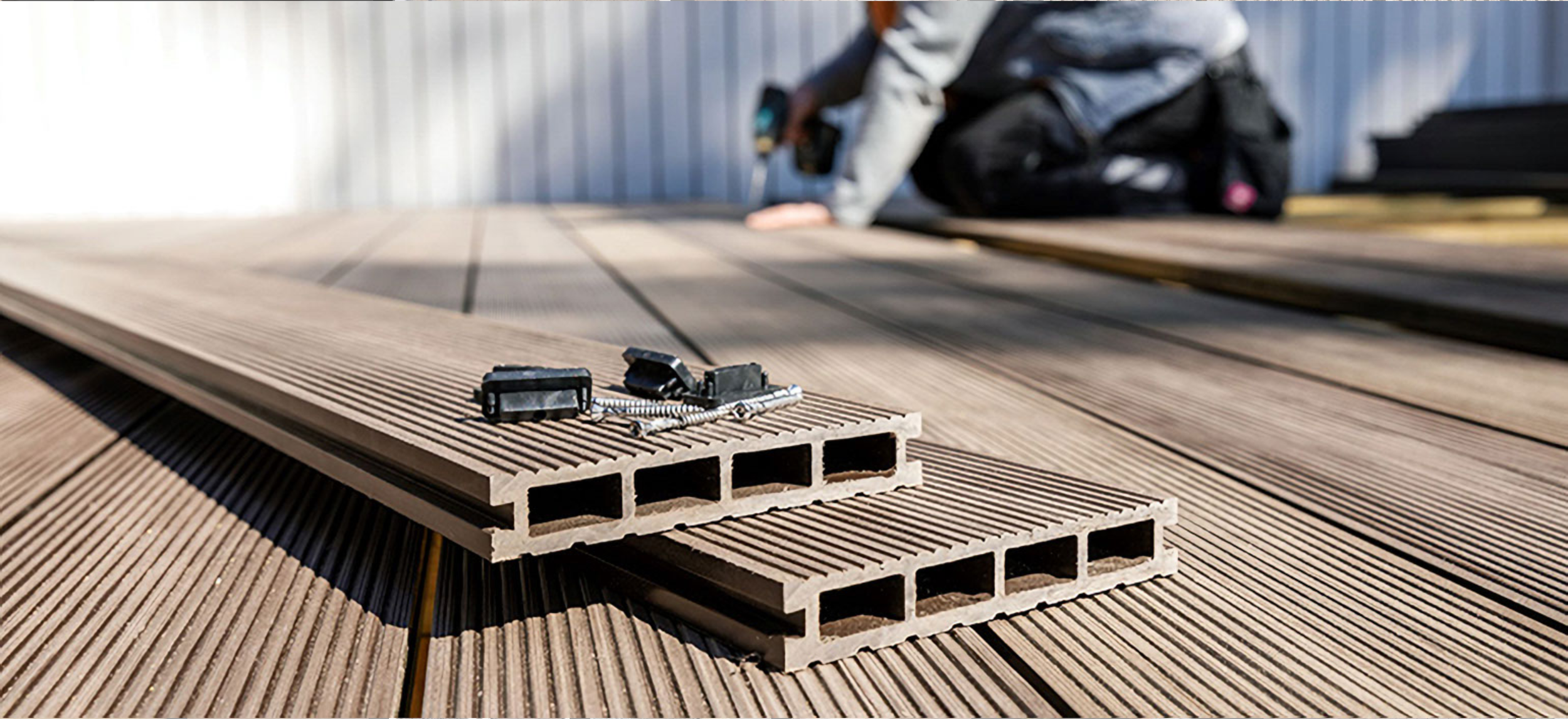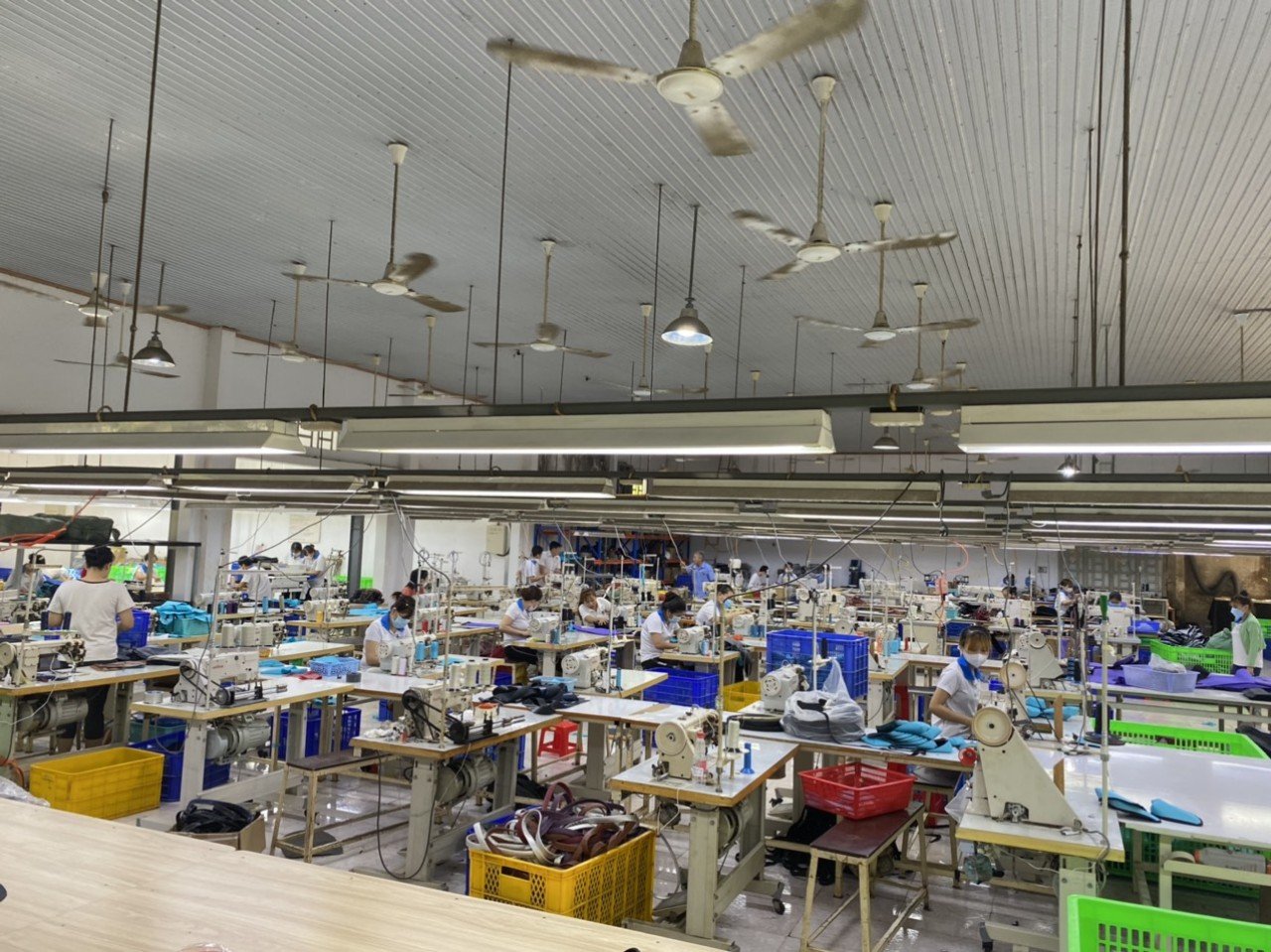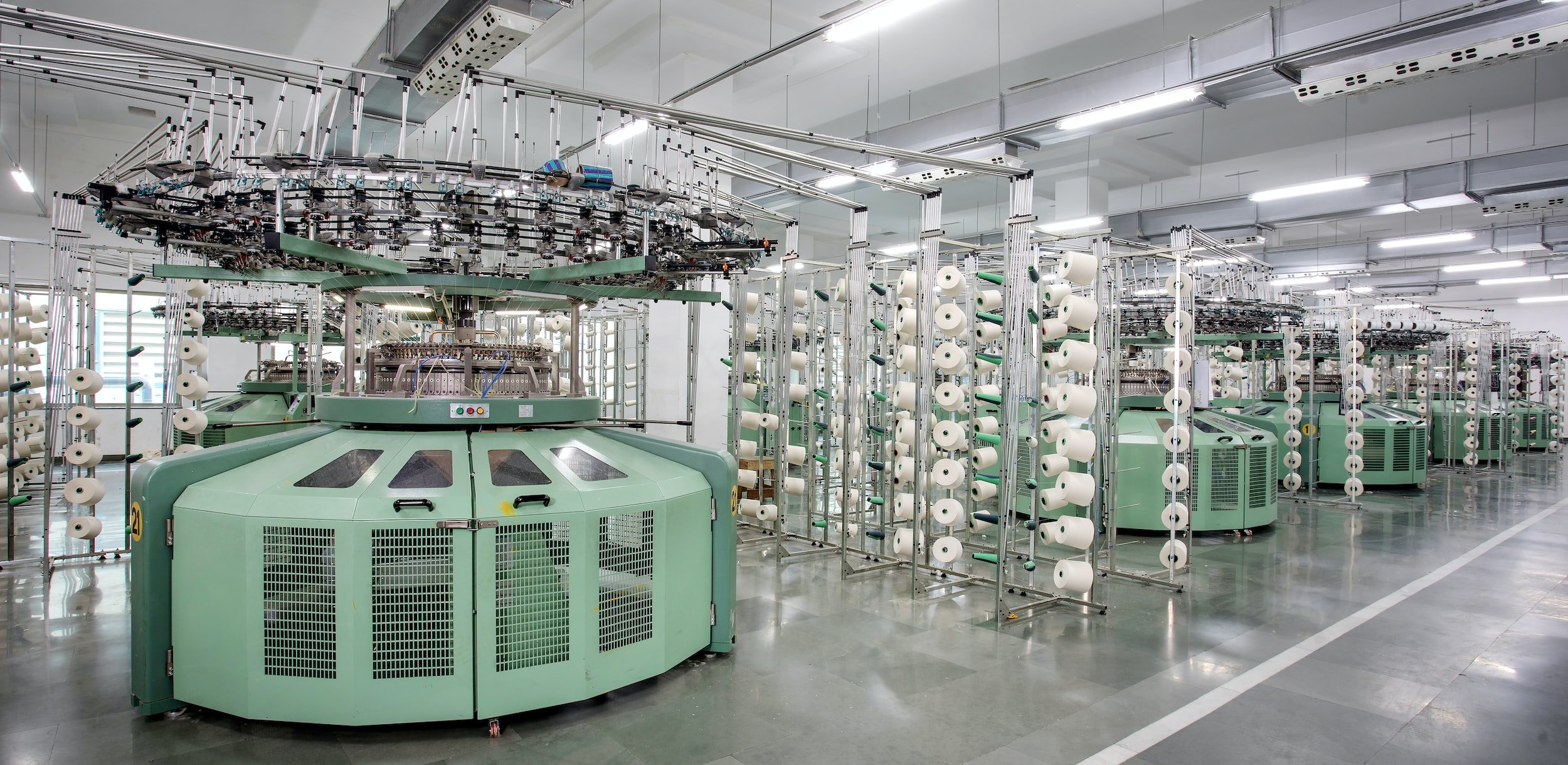
COSMO SOURCING BLOG
How to Find Dress Shoes Manufacturers in Vietnam // List of Top Dress Shoe Factories in Vietnam
Vietnam has rapidly emerged as one of the world’s premier footwear manufacturing destinations, ranking as the second-largest footwear exporter globally after China. With over $18 billion in annual footwear exports, the country has evolved beyond its reputation as a hub for athletic shoes to become a significant player in the production of leather and formal footwear. This transition reflects Vietnam’s growing technical expertise, investments in advanced machinery, and the ability of its factories to meet the increasingly complex requirements of international brands.
Today, more brands are turning to Vietnam for dress shoe manufacturing not only because of competitive costs but also due to rising quality standards, stronger compliance frameworks, and the stability of its business environment. Vietnam’s extensive network of free trade agreements, skilled workforce, and government support for export-oriented industries make it especially attractive for companies seeking to diversify supply chains away from China. This balance of affordability, reliability, and long-term strategic positioning has solidified Vietnam’s role as a global leader in footwear manufacturing.
Top Backpack Brands That Are Made in Vietnam List
The global backpack industry has undergone a significant transformation in recent years, with Vietnam emerging as one of the world's most important manufacturing hubs for outdoor gear, travel accessories, and everyday carry solutions. What started as a gradual shift away from traditional manufacturing centers has evolved into a full-scale migration of major international brands seeking the perfect balance of quality, cost-effectiveness, and ethical production standards.
How to Find Bedding Manufacturers in Vietnam // List of Top Bedding Factories in Vietnam
Vietnam has rapidly emerged as one of the world's most competitive destinations for textile manufacturing, particularly in the bedding and home goods sector. With its strategic combination of cost efficiency, skilled craftsmanship, and favorable trade agreements, Vietnam now stands as a formidable alternative to traditional manufacturing hubs like China and India.
The global bedding market, valued at over $15 billion annually, continues to grow as consumers increasingly prioritize quality sleep and home comfort. From luxury hotel chains seeking premium linens to e-commerce brands launching direct-to-consumer bedding lines, businesses worldwide are discovering that Vietnamese manufacturers can deliver exceptional quality at competitive prices. This comprehensive guide will walk you through everything you need to know about sourcing bedding products from Vietnam, from identifying the right manufacturing partners to navigating common challenges in the procurement process.
How to Find Outdoor Gear Factories in Vietnam (Tents, Sleeping Bags, Backpacks) // Top Outdoor Gear Factories In Vietnam List
The growth of Vietnam's textile and technical gear sector has been remarkable. What started as basic garment production has evolved into complex manufacturing capabilities that include waterproof tent construction, technical fabric handling, and precision assembly of multi-component outdoor gear. Today, major international brands like The North Face, Patagonia, and Columbia have established significant manufacturing relationships with Vietnamese factories, validating the country's capabilities in producing gear that adventure enthusiasts depend on in challenging environments.
This comprehensive guide will walk you through everything you need to know about sourcing outdoor gear from Vietnam, from understanding why the country has become such an attractive manufacturing destination to practical steps for finding and vetting the right factory partners for your brand.
How to Find Linen Manufacturers in Vietnam // Top Linen Manufacturers in Vietnam List
Vietnam's textile industry has experienced remarkable growth over the past decade, with the country positioning itself as a major player in sustainable fabric production. The nation's textile sector has undergone a significant transformation, shifting focus from basic cotton manufacturing to premium, eco-friendly materials like linen. This evolution reflects global consumer trends toward sustainable fashion and home textiles.
The competitive advantages that make Vietnam an attractive destination for linen manufacturing are multifaceted. The country offers cost-effective production without compromising quality, thanks to its skilled workforce that has decades of experience in textile manufacturing. Vietnam's strategic location provides easy access to major markets. At the same time, favorable trade agreements, including the Comprehensive and Progressive Agreement for Trans-Pacific Partnership (CPTPP) and the EU-Vietnam Free Trade Agreement, offer significant tariff advantages for international buyers.
Top 12 Best Countries to Source Activewear in 2025 List // Top Countries for Sports Clothing Manufacturing!
The activewear market has exploded into a $300+ billion industry, driven by consumers who demand more than just basic cotton t-shirts and sweatpants. Today's performance apparel requires sophisticated fabric engineering, moisture-wicking technology, four-way stretch, seamless construction, and sustainable materials—all while maintaining competitive pricing and reliable supply chains.
If you're sourcing activewear in 2025, you can't approach it like traditional cut-and-sew garments. The technical complexity of compression leggings, bonded sports bras, and dye-sublimated team jerseys requires specialized manufacturing capabilities that only certain countries and factories can deliver at scale.
The Top 10 Metal Products & Fabrication Countries Outside China
The challenge for manufacturing executives isn't finding alternatives; it's finding the right alternatives that deliver on the critical trifecta of cost, quality, and delivery performance. Traditional sourcing approaches that relied heavily on lowest unit price comparisons are giving way to more sophisticated total cost of ownership models that factor in logistics expenses, inventory carrying costs, quality risks, and time-to-market advantages. Companies are discovering that a 15% higher unit price from Mexico might deliver 20% better total economics than a rock-bottom quote from Southeast Asia when all factors are considered.
This comprehensive guide examines the 10 best countries for metal products and fabrication services, focusing on practical capabilities in stamping, welding, CNC machining, and custom fabrication. We'll cut through the marketing noise and industry generalizations to give you actionable intelligence for making informed sourcing decisions. Each country profile includes specific process strengths, ideal use cases, critical watch-outs, and real-world implementation considerations that matter when you're putting purchase orders on the table and staking your reputation on supplier performance.
How to Find Appliance Manufacturers in Vietnam and Southeast Asia (Outside of China)
Vietnam and its Southeast Asian neighbors have transformed from low-cost assembly hubs into sophisticated manufacturing centers capable of producing high-quality appliances meeting international standards. Countries like Thailand, Malaysia, Indonesia, and the Philippines have invested heavily in infrastructure, technology, and workforce development, creating compelling alternatives to traditional Chinese manufacturing.
The appeal extends beyond cost considerations. Favorable trade agreements, improved quality standards, political stability, and growing manufacturing expertise make Southeast Asia an attractive destination for diversifying supply chains. Whether sourcing home appliances, kitchen equipment, white goods, or small electronics, these markets offer significant opportunities for cost-effective, high-quality manufacturing partnerships.
How to Find Kitchen and Bathroom Fixtures in Vietnam // Top Fixture Manufacturers in Vietnam List
Are you searching for high-quality, competitively priced kitchen and bathroom fixtures for your next project or product line? Vietnam has rapidly emerged as a global manufacturing hub for home improvement products, encompassing a wide range of items, from stainless steel sinks and faucets to bathtubs, cabinets, and modern shower systems. Thanks to a combination of skilled labor, modern factories, and a business-friendly export environment, sourcing kitchen and bathroom fixtures from Vietnam is now a top choice for buyers seeking value and reliability.
In this comprehensive guide, we’ll cover why Vietnam is the right choice, what types of fixtures you can source, how to find the best suppliers, and which manufacturers stand out in the industry. Whether you’re outfitting a luxury hotel, supplying to major retailers, or developing your brand, this article will help you navigate the process confidently and show how Cosmo Sourcing can help you succeed at every step.
How to Find Home Building Materials Made in Vietnam// Top Home Building Suppliers in Vietnam
Vietnam has quietly emerged as one of the most compelling destinations for sourcing high-quality home-building materials, offering global buyers a strategic alternative to traditional manufacturing hubs. As construction costs rise worldwide and supply chains face increasing pressure for diversification, Vietnam's combination of skilled craftsmanship, competitive pricing, and growing manufacturing sophistication presents unprecedented opportunities for importers, developers, and construction professionals seeking reliable suppliers of building materials.
The country's rapid transformation from a primarily agricultural economy to a manufacturing powerhouse has been nothing short of remarkable. With substantial investments in infrastructure, factory automation, and workforce development, Vietnam has positioned itself as a key player in the global building materials supply chain. This comprehensive guide explores why Vietnam should be on every buyer's radar and provides insights into navigating the opportunities within this dynamic market.
How to Find Stamped Metal Manufacturers in Vietnam // Top Metal Stamping Factories in Vietnam List
Vietnam has emerged as one of Southeast Asia's most dynamic manufacturing hubs, transforming from an agricultural economy into a sophisticated industrial powerhouse over the past two decades. The country's manufacturing sector now contributes significantly to its GDP, with metal processing and fabrication playing a growing role in this growth story.
For companies seeking to diversify their supply chains away from China or looking for more cost-effective manufacturing solutions, Vietnam presents compelling advantages for stamped metal production. The nation offers competitive labor costs, improved infrastructure, growing technical expertise, and favorable trade agreements, making it an attractive alternative for metal stamping operations.
How to find Running Clothes Manufacturers in Vietnam! // Top Running Sportwear Factories in Vietnam list
Vietnam has emerged as a significant player in the global apparel manufacturing landscape, particularly in the production of technical sportswear and running apparel. This Southeast Asian nation has transformed itself from a predominantly agricultural economy into a manufacturing powerhouse, attracting brands seeking alternatives to traditional sourcing destinations. With its combination of competitive costs, skilled workforce, and government support for textile exports, Vietnam presents compelling opportunities for businesses looking to source high-quality running apparel.
How to Find Pickleball Clothing and Sportswear Manufacturers in Vietnam
Vietnam has emerged as a powerhouse destination for sourcing high-quality sportswear at competitive prices. With its robust textile manufacturing infrastructure, skilled workforce, and strategic location in Southeast Asia, Vietnam offers exceptional opportunities for businesses looking to source pickleball clothing. Whether you're a startup brand, established retailer, or distributor, understanding how to navigate Vietnam's manufacturing landscape can give you a significant competitive advantage in the growing pickleball market.
The convergence of pickleball's popularity surge and Vietnam's manufacturing capabilities creates a perfect storm of opportunity. This comprehensive guide will walk you through everything you need to know about sourcing pickleball clothing and sportswear in Vietnam, from understanding the market dynamics to selecting reliable suppliers and ensuring quality compliance.
How to Find Quartz Countertop Factories from Vietnam // List of Top Quartz Manufacturers in Vietnam
The global demand for quartz countertops has surged dramatically in recent years, driven by their durability, aesthetic appeal, and low maintenance requirements in both residential and commercial applications. As this market continues to expand, Vietnam has emerged as a strategic manufacturing hub for engineered quartz products, offering compelling advantages for importers, builders, and sourcing professionals worldwide.
This comprehensive guide will walk you through everything you need to know about identifying and working with reputable quartz suppliers in Vietnam, from understanding the market landscape to navigating the complexities of international sourcing.
How to Find Wood Plastic Composite (WPC) Manufacturers in Vietnam // Top WPC Factories in Vietnam List
The global construction and outdoor furniture markets are experiencing unprecedented growth, driven by increasing consumer demand for durable, low-maintenance building materials and outdoor living solutions. Within this expanding landscape, Wood Plastic Composite (WPC) products are leading the charge as sustainable, versatile alternatives to traditional wood and synthetic materials. From residential decking and commercial cladding to innovative furniture applications, WPC has captured the attention of architects, contractors, and homeowners who value both environmental responsibility and long-term performance.
As businesses worldwide seek cost-effective manufacturing solutions without compromising quality, Vietnam has emerged as a compelling destination for WPC production. The country's combination of skilled labor, modern manufacturing capabilities, competitive pricing, and strategic location within global supply chains makes it an increasingly attractive option for sourcing high-quality WPC products. This comprehensive guide will walk you through everything you need to know about finding and partnering with reliable WPC manufacturers in Vietnam, from understanding the local manufacturing landscape to evaluating potential suppliers and establishing successful long-term partnerships.
How to Find Hunting Clothes Manufacturers in Vietnam // Complete Sourcing Guide
The hunting apparel market is experiencing unprecedented growth, with global revenue projected to reach new heights as outdoor recreation continues to gain popularity. For brands and retailers looking to capitalize on this trend, finding the right manufacturing partner is crucial. Vietnam has emerged as a premier destination for hunting clothing production, offering a compelling combination of technical expertise, competitive pricing, and manufacturing excellence.
Vietnam's rise as a manufacturing powerhouse isn't accidental. The country has invested heavily in developing its textile and garment industry, creating a sophisticated ecosystem that can handle everything from basic outdoor wear to highly technical hunting gear. With decades of experience producing for major global brands, Vietnamese manufacturers have honed their skills in creating performance-driven apparel that meets the demanding requirements of hunters and outdoor enthusiasts.
How to Find Flat Pack Furniture Manufacturers in Vietnam: The Complete Guide
The global furniture industry has undergone a remarkable transformation in recent decades, with flat-pack furniture leading the charge. Ready-to-assemble (RTA) and knockdown furniture have revolutionized how consumers purchase, transport, and assemble furniture in their homes. As demand for affordable, space-efficient furniture continues to grow, businesses worldwide are seeking reliable manufacturing partners who can deliver quality products at competitive prices.
Vietnam has emerged as one of the world's premier destinations for sourcing flat-pack furniture, offering an ideal combination of skilled craftsmanship, competitive costs, and modern manufacturing capabilities. This comprehensive guide will walk you through everything you need to know about finding and partnering with flat-pack furniture manufacturers in Vietnam.
What is the Lacey Act? // What Wood Importers Need to Know
The global sourcing landscape has become increasingly complex, with importers facing a web of regulations that can significantly impact their business operations. Among these regulations, the Lacey Act stands out as one of the most critical yet misunderstood pieces of legislation affecting international trade. Originally designed to combat wildlife trafficking, this century-old law has evolved into a comprehensive framework that impacts virtually every importer dealing with plant-based products.
For businesses sourcing wood, furniture, paper goods, textiles, and countless other plant-derived materials, understanding the Lacey Act isn't just about legal compliance—it's about protecting your business from devastating consequences. Non-compliance can result in substantial fines, product seizures, criminal charges, and irreparable damage to your company's reputation. In today's interconnected global economy, where supply chains span continents and consumer awareness of sustainability is at an all-time high, the Lacey Act has never been more relevant.
How to Build Resilient Supply Chains Through Strategic Sourcing Diversity
The past few years have significantly altered how businesses approach supply chain management. From the COVID-19 pandemic's widespread manufacturing shutdowns to the Ever Given container ship blocking the Suez Canal, from semiconductor shortages that paralyzed automotive production to geopolitical tensions disrupting critical trade routes, organizations worldwide have learned that traditional supply chain models built on efficiency alone are dangerously fragile.
In this new reality, resilience has become the watchword for supply chain leaders. But what does "resilient" actually mean in practical terms? A resilient supply chain can maintain operations during disruptions, adapt quickly to changing conditions, and recover swiftly from setbacks. The key to achieving this resilience lies not in building bigger buffers or more redundant systems, but in embracing strategic diversity across suppliers, geographies, and capabilities.
Diversity in supply chains means deliberately cultivating multiple sources, pathways, and partnerships that reduce dependence on any single point of failure. It's about creating an ecosystem of suppliers that brings different strengths, locations, and capabilities to the table, ensuring that when one avenue closes, several others remain open.
What is Tariff Engineering? How to Stay Compliant when Redesigning Products for Tariffs
Two critical strategies that often emerge in discussions about cost optimization and regulatory compliance are tariff engineering and trade compliance. While both approaches aim to help companies succeed in the global marketplace, they represent fundamentally different philosophies and methodologies that can significantly impact a business's bottom line and legal standing.
Understanding the distinction between these approaches isn't just an academic exercise—it's essential for any business engaged in international trade. The difference between legitimate cost-saving strategies and potentially costly compliance violations can mean the difference between sustainable growth and devastating penalties. Companies that master this balance often find themselves with significant competitive advantages, while those that fail to do so may face serious legal and financial consequences.
Cosmo Sourcing, a traditional product sourcing company based in Vietnam, has emerged as a crucial ally for businesses seeking to navigate these complex waters. By connecting companies with thoroughly vetted manufacturers and providing comprehensive sourcing services, Cosmo Sourcing helps ensure that sourcing strategies align with both cost-saving objectives and stringent compliance requirements.
